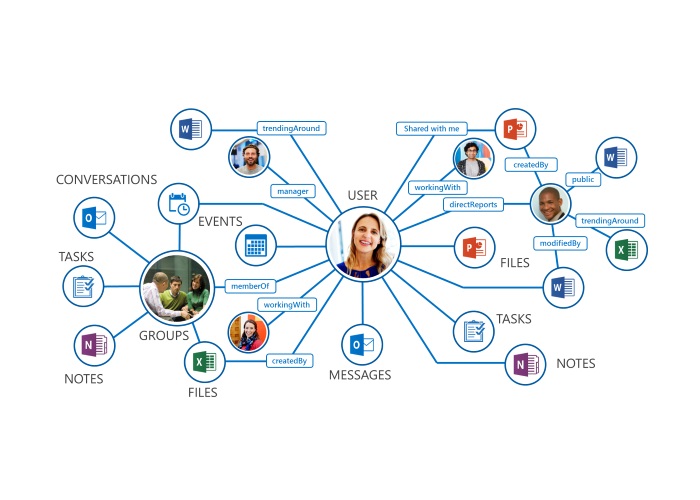It has been four years since Satya Nadella took over as the CEO of Microsoft, at the time industry watchers suggested that the company may shift its focus away from consumer products (like phones) and towards a wider range of software developers.
Last week’s Build conference in Seattle WA has underlined this shift:
- Microsoft is now the largest committer of open source code on GitHub
- Services like Azure Kubernetes Service (AKS) build on top of cloud agnostic technologies and open formats
- .NET Core continues traction as the favourite open source version of Microsoft’s .NET Framework
- Microsoft, AWS, and Facebook support ONNX to enable developers to use any tools they like for machine learning
- C# developers will also find it easier than ever to use machine learning with ML.NET
- .NET Core supports ARM processors thanks to Samsung
- Even Notepad works with UNIX linefeeds now (though our developers still favour vim!)
Many of these technologies are used by Hark to design, build, and run the Hark Platform, so we’re thrilled to see Microsoft move to a more open ecosystem.
Azure
In addition to these strides in open source, Microsoft also announced something I’m personally quite excited about – the Project Kinect for Azure. I’ve always been fascinated by Microsoft’s Kinect technology, as well as the impressive hardware in the HoloLens. Developers always loved the Kinect, but in the true spirit of this technology Microsoft has gone all out and created something that solution builders can embed directly into their products – rather than having an Xbox accessory hanging out the back of some machinery.

Microsoft 365
Traditionally we had Windows developers, Office developers, SharePoint developers, and so on. Given the shift of moving business servers and IT infrastructure to the cloud, it makes sense for the new umbrella of Microsoft 365 to take the focus away from individual platforms like Windows.
Many businesses, including Hark, run Microsoft 365 as a core of their IT infrastructure. Improvements include access to secure two-factor authentication which can be used for internal tools and other applications and the Microsoft Graph which allows for customisation across devices

And finally, while Windows may not be the crown jewels it used to be, there’s still a lot going on, including:
- Windows ML APIs allow for models to run locally inside Windows apps
- Progressive Web App (PWA) support for Store apps and websites
- Adaptive Cards coming to more of the Windows UI
- Fluent Design has matured since it was introduced last year and support is coming to more applications via WPF and Win32 integration
- “My Phone” application which brings common functionality from iOS and Android to Windows
As a Microsoft Partner we’re extremely excited about the future of the Azure and the Microsoft 365 platform, and we’re looking forward to even more collaboration with Microsoft UK, as we move forward.


